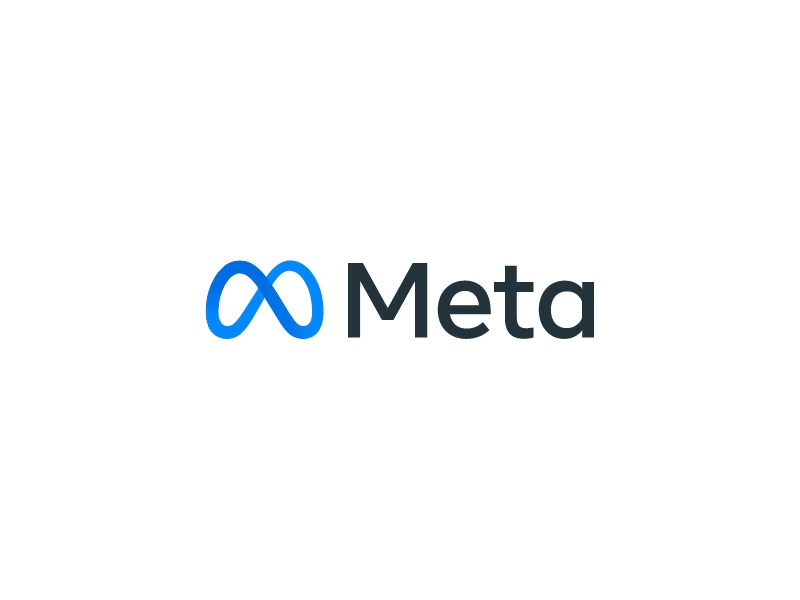My Journey to Senior Software Engineer [E5] at Meta: A Detailed Interview Experience
Introduction
In this article, I’ll share my journey from education to landing a role at Meta. Over the course of 11 years in the tech industry, I’ve worked across diverse roles and geographies, culminating in this recent milestone. Here’s a breakdown of my journey, the preparation strategies that worked for me, and lessons I’ve learned along the way.
Education
I hold a BSc in Mathematics and Computer Science from a university in the UK. This foundation helped me build a strong analytical mindset and a technical skill set that would later become invaluable in my professional career.
Professional Experience
My professional journey spans 11 years and three major phases:
Scientific Software Consultancy (UK): I started my career here, working for 3 years in a 200-person firm focused on niche scientific software solutions.
Hedge Fund (USA): I then transitioned to a hedge fund in the USA with 1,000 employees, spending another 3 years solving complex technical challenges in the finance domain.
Google (USA): For the last 5 years, I’ve been working at Google, contributing to high-impact projects in cutting-edge technology.
Application Process
The process began when a Meta recruiter reached out to me on LinkedIn. After an introductory phone call where we discussed my expectations, experience, and target role, I shared my résumé. This was the beginning of a multi-month journey.
Interview Process & Preparation
The interview process was rigorous but structured. Here’s a timeline of events and how I prepared for each stage:
Abridged Timeline
Early March: A Meta recruiter contacted me on LinkedIn. After sharing my résumé, we had an initial phone call to discuss the role, expectations, and level.
Mid-April: I cleared the first-round interview and was introduced to another recruiter to guide me through the next steps. We discussed the "product" vs. "infrastructure" paths, and I chose the product route.
Mid/Late May: I had my "full loop" interviews over two days.
Day 1: Two coding interviews and one behavioral interview.
Day 2: A product architecture interview and another coding interview.
June & July: These months were quiet as I waited for team matching. During this period, I interviewed with other tech companies to keep my options open.
Early August: I had a team-matching call on a Monday, received an offer the same day, and signed it before the end of the week.
Preparation Strategies
Mock Interviews
Leading up to the first round: I did one mock Meta DS&A interview on interviewing.io per week.
Before the full loop: I increased this to two mocks per week, focusing on:
Data Structures & Algorithms (DS&A)
Product Design
Behavioral
Interviewing.io was a key resource because of the high-quality mocks and the ability to practice with engineers from the target company.
DS&A Practice
My primary resource was Elements of Programming Interviews (EPI), which I find more comprehensive and challenging than Cracking the Coding Interview.
I practiced a few questions daily from EPI and supplemented with HackerRank and LeetCode.
System/Product Design
I relied heavily on Hello Interview’s YouTube channel and website for this preparation.
Behavioral Interviews
I prepared using the interviewing.io Meta-specific behavioral guide. I drafted answers in advance and refined them during mock interviews.
Final Offer Discussion
The final offer stage was relatively straightforward, as I didn’t have competing offers to leverage. However, I was able to negotiate a small five-figure sign-on bonus, which added value to the overall package.
Reflections
The journey to Meta was demanding but rewarding. It tested my skills, resilience, and ability to adapt to various challenges. My key takeaways are:
Structured preparation and quality resources matter.
Mock interviews are invaluable for building confidence.
Even without multiple offers, transparent discussions with recruiters can lead to a better package.
This experience has been a milestone in my career, and I hope sharing it helps others navigate their own paths to success.

